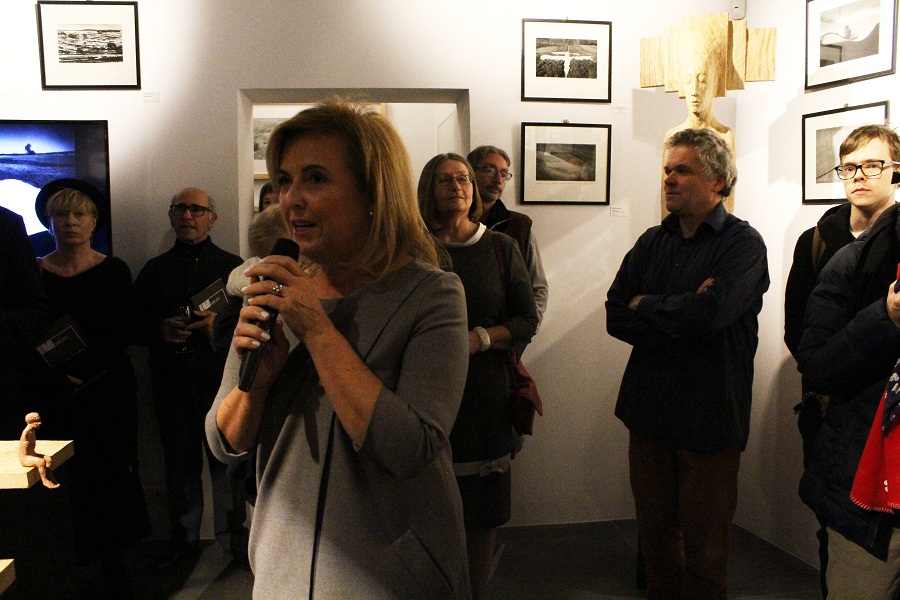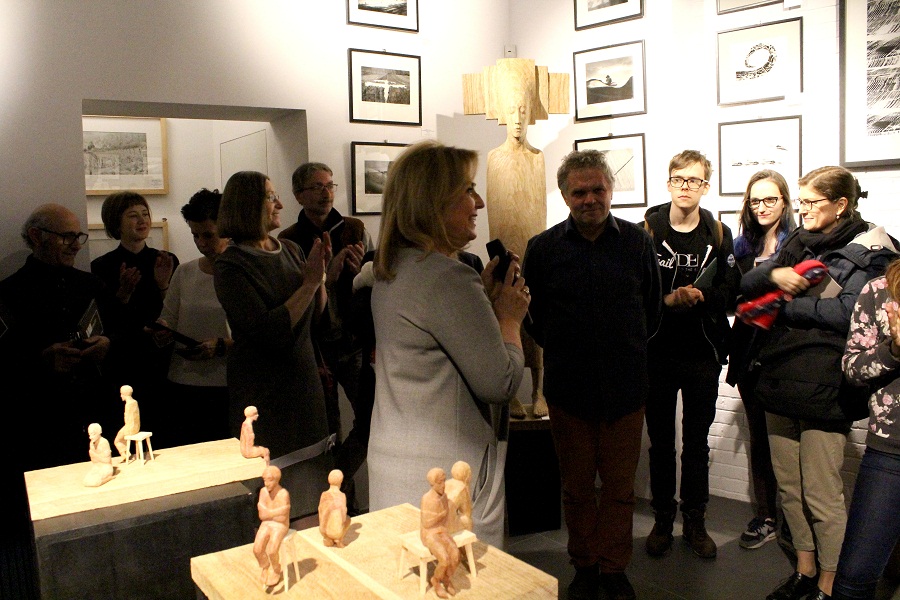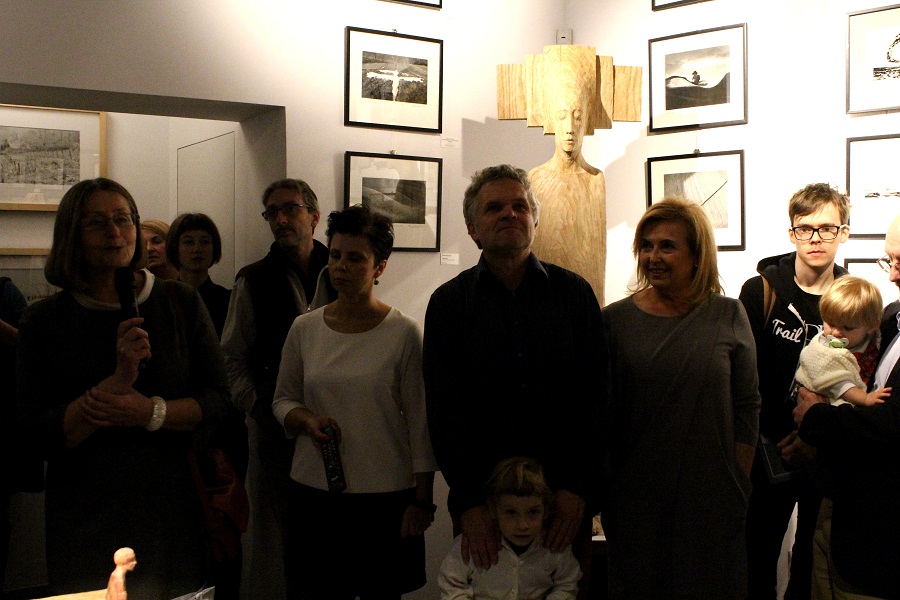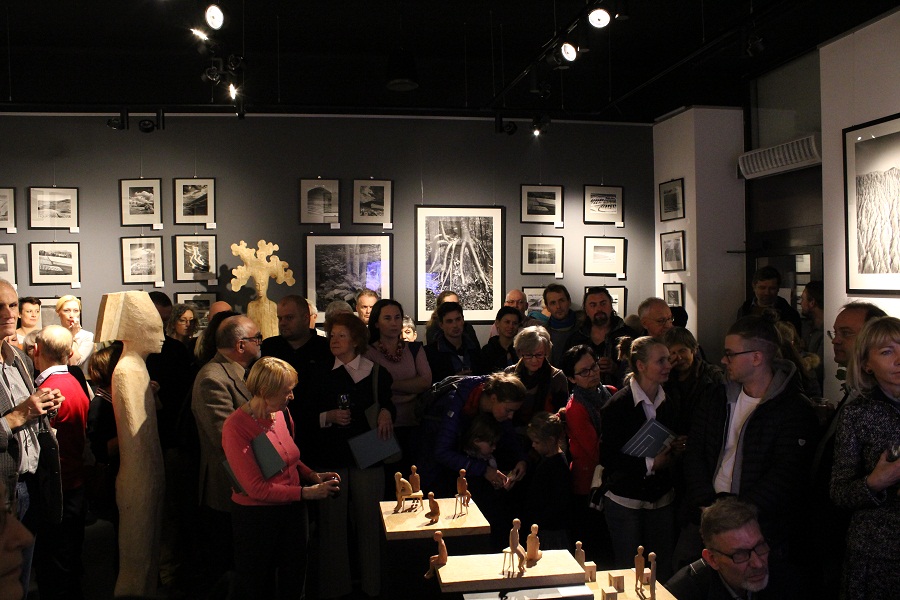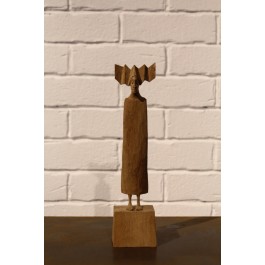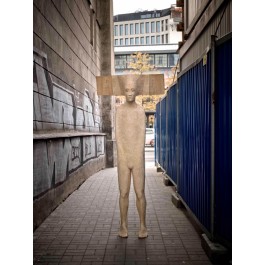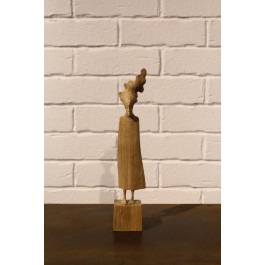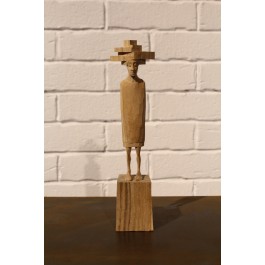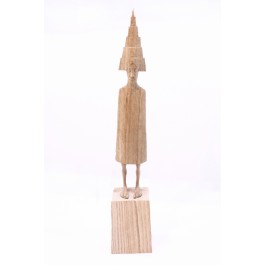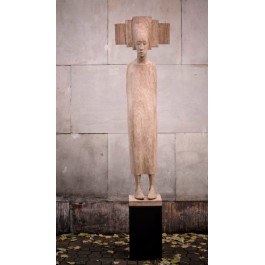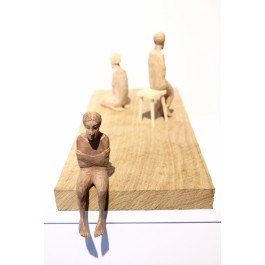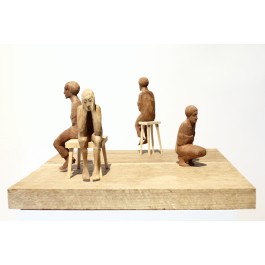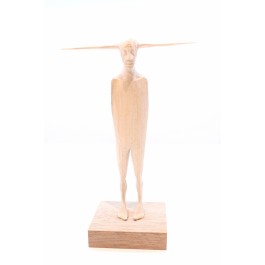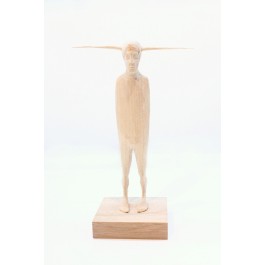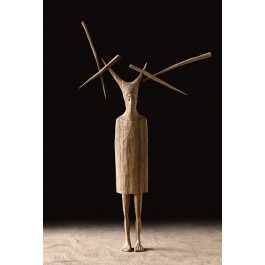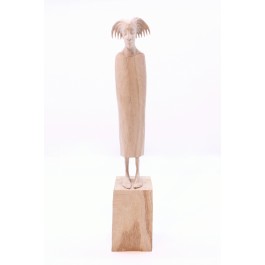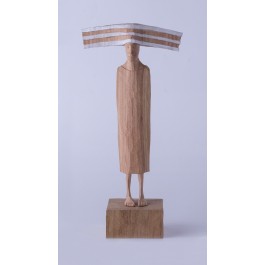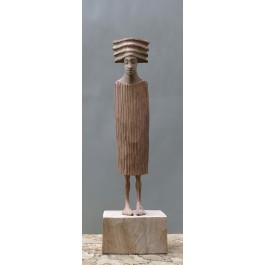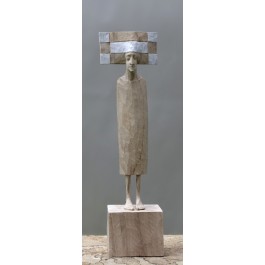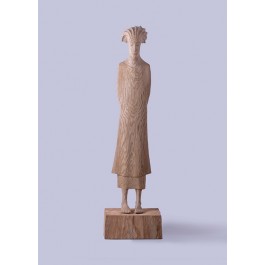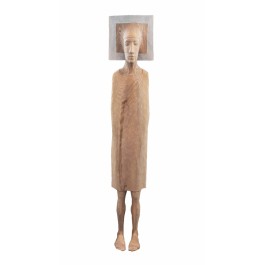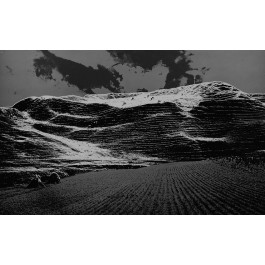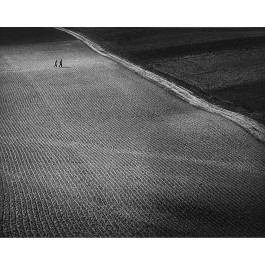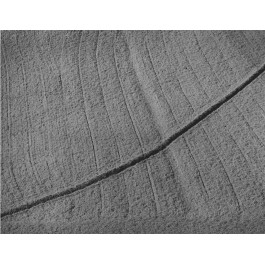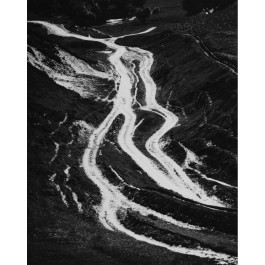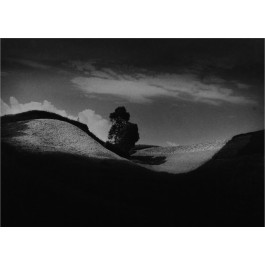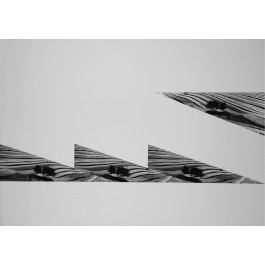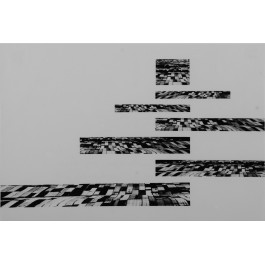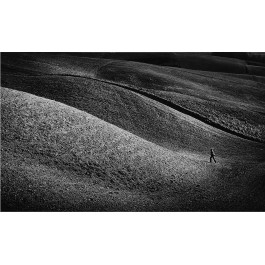Horizon - A continuation. Paweł Pierściński, Marcin Rząsa.
Archive exhibition
Paweł Pierściński, Marcin Rząsa / HORIZON - A CONTINUATION
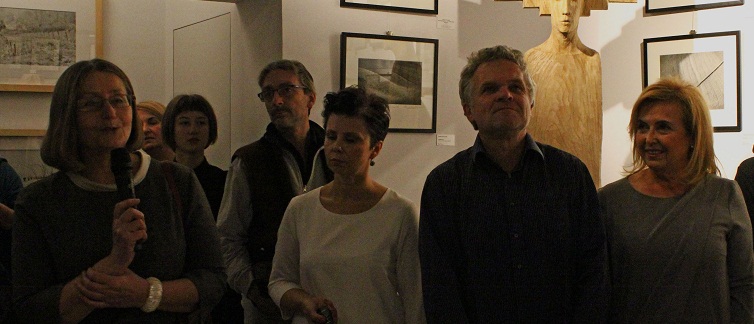
Artist: Paweł Pierściński, Marcin Rząsa
Venue: 101 Projekt Gallery, Piękna 62/64
Dates: 28.10 - 12.11.2016
Paul Pierœciñski, the creator of and theoretician behind the famous Kielce School of Landscape, is a recognised – indeed, classical – figure in Polish artistic photography. In his work, which spans more than fifty years, he has utilised multiple and varied photographic techniques to great artistic effect. He has also touched on many topics, but the main source of his artistic inspiration remains the Kielce region. He is particularly interested in the cultural landscape, marked by traces of human toil; the one in which man comes directly in contact with the soil, "collaborates" with her, and so in a special and humane fashion shapes the surface of the land. The parallel furrows of the ploughed earth, the irregularly shaped scraps of cultivated holdings, the checkerboard pattern of small plots and the structures of various crops are all inscribed on the land. His interpretation of the landscape is a synthesis of documentary technique and emotional reference that gives us a true portrait of the earth. His record of the world brings together the full vitality of nature and the human intellect’s sense of order; the unity of natural forces and the husbandry of human hands. This sense of harmony in part results from the unique personality of the artist, whose training as an engineer prompts him to see - even in the landscape – a sense of mathematical order and geometry.
The photographer often adopts a low angle to record the image, drawing attention to specific details in the landscape whilst at the same time illustrating how they merge within the whole. He aims to achieve an impression of timelessness, universality, in the sense of historical continuity and tradition. The presence of man is reduced to a supporting role so that modern details of clothing or tools do not associate the image with a particular time. He treats architecture and buildings in a similar way. The landscape has become for this fine artist also a source of reflection on the art of the abstract. A large number of his photographs record structures found in nature, both man-made and natural and became the base of his original photo collages and multiplications.
Many of his works are compositions of great emotional charge, especially a group of photographs taken in the ancient and legendary Fir Forest, now sadly destroyed. These images are full of mood and atmosphere built out of light, touching the imagination, a record found in the lush plant forms, huge trunks, tangled roots, and mysterious wind-fallen trees.
The works of Pawel Pierœciñski excel on many levels: as objects of art, as social documents, as models of black-and-white photography. Their timeless representation of the Polish landscape is the end result of a very long creative and cognitive process. For many years he has been photographing the same places at different times of day and year, in different weather conditions - and so recording these landscapes in different emotional states. Many of his works have become icons of landscape photography, and his techniques have inspired many imitators and creative followers. The work of Pawel Pierœciñski remains vibrant and inspiring, and his original photographs are extremely valuable works of art.
Stanisława Zacharko-Łagowska
Small in size, but monumental in character, the sculptures of Marcin Rz¹sa are arresting in their repetitiveness: seemingly armless carved wooden figures standing in a rigid pose. Certain elements - a strict economy of the means of expression, an intentional minimalism, both their size and form - force us to focus both on the wood from which they are created and on the elements that differentiate them. The composition of each figure is based on a similar scheme. Synthetically treated, each figure has a strong head mounted on the neck, combined with a compactly-shaped torso, with arms clearly marked by the presence of lines drawn along the body but hidden under their garments. From robes of varying length emerge legs and large, always bare feet. In appearance the figures suggest a specific religiousness associated with the sculptures of ancient Egypt.
The small size of the figures puts the focus of our attention on the wood itself: its natural colour and warmth, the parallel lines of the grain structure, the indelible harshness of the cuts and traces where the artist’s tools have worked The clearest difference between the figures is to be found in the large variety of headgear. These strange and distinctly non-functional accessories seem to act as enigmatic attributes. Their meaning remains ambiguous, neither related to history or tradition, only to sensitivity, imagination, and experience. Often in these strange, though simple forms of complementary heads and faces, the artist introduces a subtle color, emphasising geometric divisions of an abstract character.
In isolation the single figures seem withdrawn and indifferent, but when placed in polymorphic arrangements they become carriers of emotion. Compiled in larger groups, they establish among themselves relationships built with vague meanings. They become elements of mobile, open compositions that with every change take on a different meaning and a different emotional colour.
Marcin Rz¹sa has created art that is both formally sophisticated and rich in meaning, both traditional and modern, both minimalist and extremely extensive. He has achieved this using a limited means of expression and one of the mainstays of artistic endeavour: the image of the human form.
Stanisława Zacharko-Łagowska


